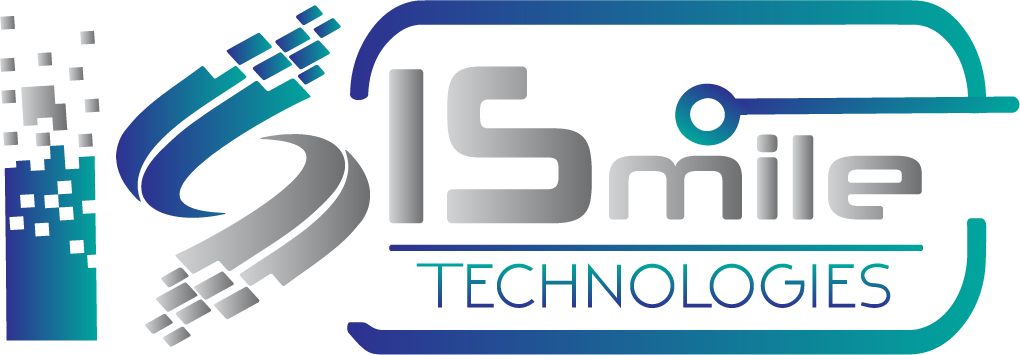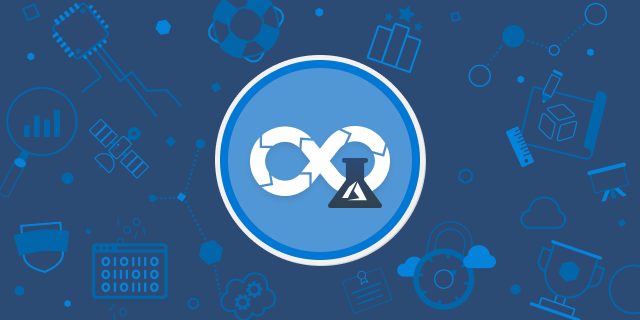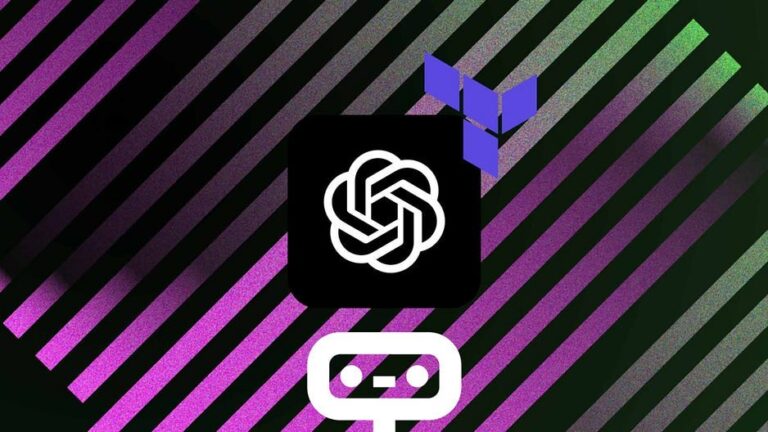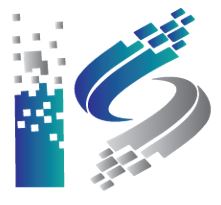What is DevOps?
DevOps is ultimately a set of practices. The goal of DevOps is to increase an organization’s ability to improving products and deliver applications and services at a faster pace. How DevOps accomplishes this is it integrates the development and operations team, hence the name, “DevOps”. In this workspace, the engineers are able to create and manage software in the same department and are able to pick up new skills from each other to create a more efficient workflow.
What is DevOps Assessment?
As you can imagine, it isn’t an easy task to take on DevOps. Every company is built and organized differently. As such, integrating two separate departments isn’t easy. For some companies it may even do more harm than good. The DevOps assessment is made to make sure that while a company is switching over to a DevOps style, that they are keeping in line with DevOps practices. This is to make sure that the company doesn’t go off the rails while transitioning. The DevOps assessment is just a bunch of questions meant to be answered by different departments of a company. And based on the answers, the company can see if it’s going through the transition properly, where it needs to go next, and if necessary, what it needs to fix.
Now that you know what a DevOps assessment is for, let’s go over what it’ll ask of you

Questions
There are many DevOps assessments, but the one I will be going over is the Microsoft DevOps assessment. If you’d like to access it, here’s the link:
Microsoft measures success by 5 categories:
- Process
- Technology
- Culture
- Measurement
- Outcomes
Every question the assessment will ask you is related to one of these.
The questions themselves are relatively straightforward but will most likely require multiple employees to fill one out, as they are all-encompassing of a company’s structure and policies.
These are multiple choice questions, so you can pick as many choices as are accurate.
One of the questions is:
How do you review code changes?
- We review them infrequently
- We do live peer reviews
- Some code is reviewed and we capture the review history
- We review all code before committing it
- None of the above/non-applicable
You would choose as many of these answers as applies.
Ready to automate dev & ops to shorten the SDLC?
Talk to our experts today & see how they can help to fulfill your business objectives.
Results
At the end of the assessment, which can take 20 – 40 minutes based on if you pick the short or the long one, you will be given a review of how you’ve answered each question. Along with a couple visual charts like these:


Under each answer you’ve chosen, it will show all the answers you didn’t choose. The unchosen answers will be listed in order of importance, so let’s say you’ve answered that example question, and the results show you this:
How do you review code changes?
We review code changes infrequently We do live peer reviews or pair programming Some code is reviewed, and we capture the review history using a pull request workflow or the equivalent. We make sure all code changes are peer-reviewed before being committed to the master or trunk by means of a pull request workflow or the equivalent.
This means that, from the bottom up, you should be integrating the unchosen answers into your company practices.
And it’s just that simple. To get started, simply grab a handful of employees from all the different departments of your company and take this assessment. Here’s the link again if you need it:
iSmile technologies offers free consultation with an expert, talk with an expert now










